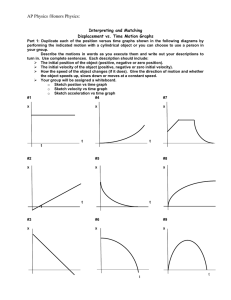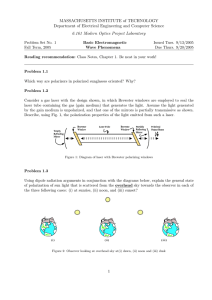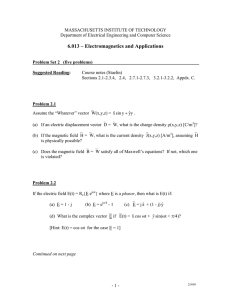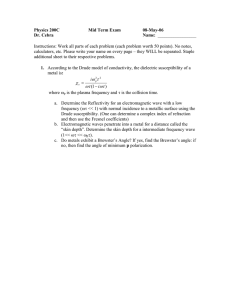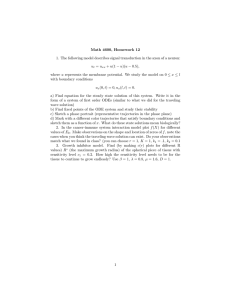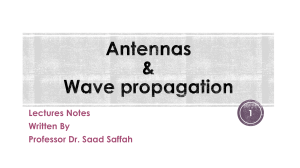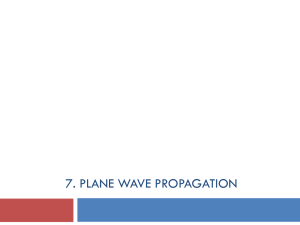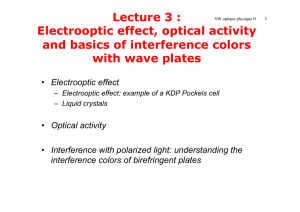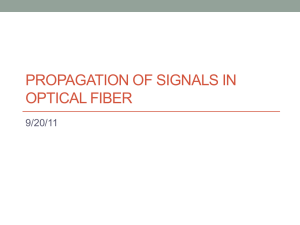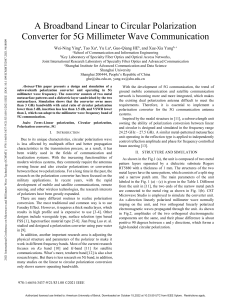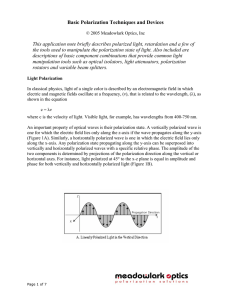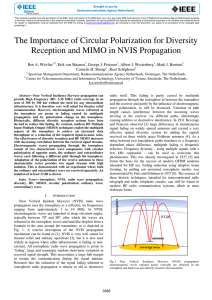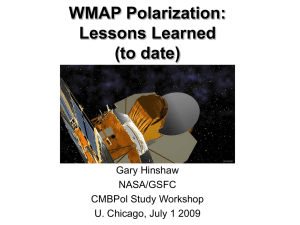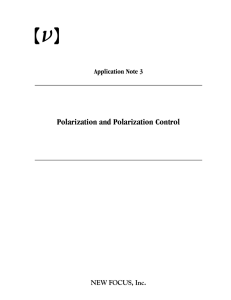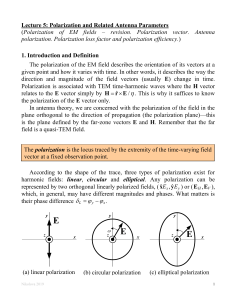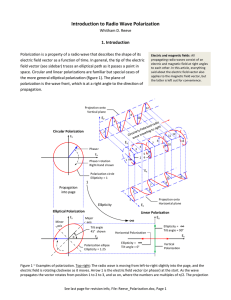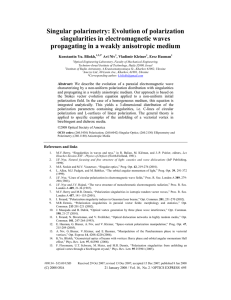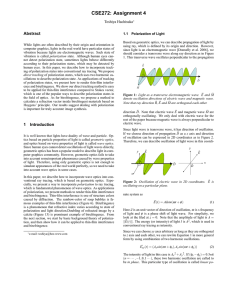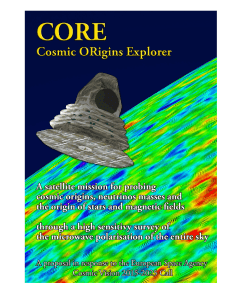471/Lectures/notes/Lec 25 Review ex 2.pptx
advertisement
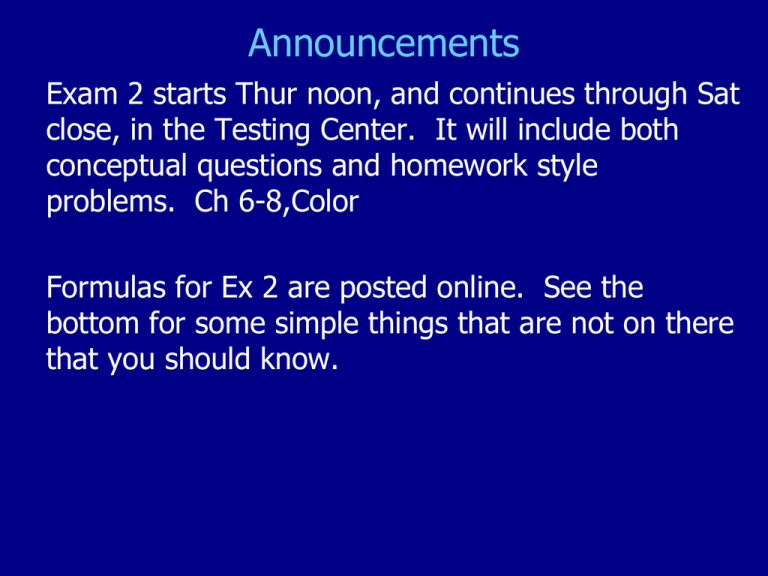
Announcements
Exam 2 starts Thur noon, and continues through Sat
close, in the Testing Center. It will include both
conceptual questions and homework style
problems. Ch 6-8,Color
Formulas for Ex 2 are posted online. See the
bottom for some simple things that are not on there
that you should know.
Color
Conceptually, why is the sky blue?
What is Mie scattering and how does it work?
Can we go over the question on the slides regarding the two
different red plastic objects and the principles behind it? One
had Mie scatterers in it.
Color
When you ask about stimulus ratios, are you saying that the colors we see
are entirely dependent on the ratio of each stimulus? And the [overall]
amplitude is just brightness? Yes, except for what the brain does
with context.
Why is the sky a pastel (unsaturated) blue? Also why is it
deeper blue higher up?
What are the differences between additive and subtractive
colours?
What IS missing in the albino peacock? Black pigment
1) Will there be questions about different color systems on the test
(Additive, Subtractive, RGB, HSV, etc.)? In how much detail should we know
these? The level we discussed them in class.
What mathematical or kinds of not-purely-conceptual questions
could we be asked about color on the test? The things we
did in class
Chapter 6
from the lecture notes, is the optical axis the fast axis if no<ne or
When ne is smallest
no>ne?
From the lecture notes, you stand facing the air
molecules at a 90 deg scattering angle. From what we
know about radiation vs acceleration line, the strongest
polarization you see is horizontal, vertical neither?
Could you explain quickly the polarization of the sky
again?
Does left and right helicity relate to the right hand rule?
Why on problem 11x part b, do we use theta1 = 0 rather
than the answer from part a? Shouldn't everything be
calculated according to that angle?
Chapter 6
What is the physical interpretation of linear, circular, and
elliptical polarization?
Do we have to worry about polarization effects on
reflection and transmission?
Could you go over an example using a Jones vector for
reflection or transmission?
Chapter 7
I still don't understand chirping and how it changes things.
I don't understand how something can be superluminal.
How do we know which part of the wave will be affected by
dispersion through a given medium? Does it only depend on
the thickness of the medium? Index of refraction?
Absorption?
In lecture 21, what specifically do you want us to explain conceptually
about FT and delta functions? The things we did in class
Example of sketching the convolution of 2 functions, and
FT{g(t)h(t)}.
Can we look at some visuals for
differences between the carrier
wave and the information
contained in the wave, envelope,
group velocity and wave packet?
Chapter 7
Can we go over some power spectrum examples?
What kind of dispersion-related questions should we be
able to do?
Can you show how to determine the phase velocity and
the group velocity for the superposition of two planes
waves in a plasma?
Our book never explicitly gives the uncertainty principle.
Do we have to have that memorized? (I've seen different
forms of it before too depending on how precise you are
being- do you want the hbar/2 form?)
How much dispersion do we get with normal air? Clearly n
is not exactly one in air because we are not in a vacuum.
At what point (or distance) do we start to notice it? Or
how much difference does it make in a lab to perform
experiments in a vacuum vs. normal air?
Chapter 8
Can you explain some of the plots? I don't know
how to sketch the ones we had to sketch on the
homework.
Sketch the gamma function for
important/basic/common intensities.
How are we supposed to use the formula for
gamma(h)? It seems like the integral will always
be confusing and I don't know what exactly h is
that it spits out after you do the integrals.
Why is the full width at half max important?
Chapter 8
What exactly is spatial coherence? Describe it like you
would to a middle-school student.
Why does the stochastic assumption cause the timeaveraged phase differences to equal zero?
How does the two slit experiment relate to coherence?
